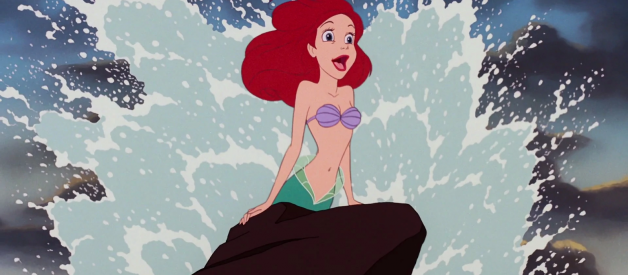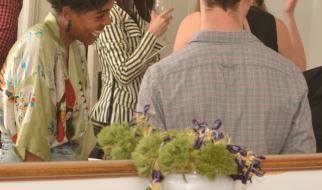Many little girls all over the world look to Disney princesses as references of how to act. How could a little girl not look up to Disney princesses when they are constantly told that what they see in the media, especially these perfect princesses, is the ideal way to act as a woman in the world? The portrayal of women in the media has greatly changed overtime as the feminist movement has become more prominent and women?s voices began to be heard. This list puts all of the Disney princesses(and characters who are worthy of having the title ?princess?) in order from least inspiring to most inspiring for young girls. We take into account multiple categories when ranking these characters: their intelligence, goals, and means of achieving these goals, as well as how they are represented. We also consider the fact that the princesses come from many different eras. Disney has come a long way from Snow White to Moana as the attitude towards women in America also has. Furthermore, we understand that each princess is facing a very different circumstance; Tiana wants to open a restaurant while Mulan wants to save all of China. We do not judge the princesses based on their circumstances, but rather on how they are portrayed reacting to their given circumstances.
16. Aurora (Sleeping Beauty)

Aurora?s pretty pink dress and charming prince has not saved her from being number sixteen on this list. Throughout the entirety of Sleeping Beauty Aurora has a total of seventeen lines, even though she is deemed the title character, quite literally a sleeping beauty. She does not consent to the prince?s kiss, but it still wakes her up from the curse. The idea that a woman should be saved by a man is not something little girls should aspire to. Furthermore, children should not be taught that it is okay for something to be done to them without consent.
15. Ariel (The Little Mermaid)
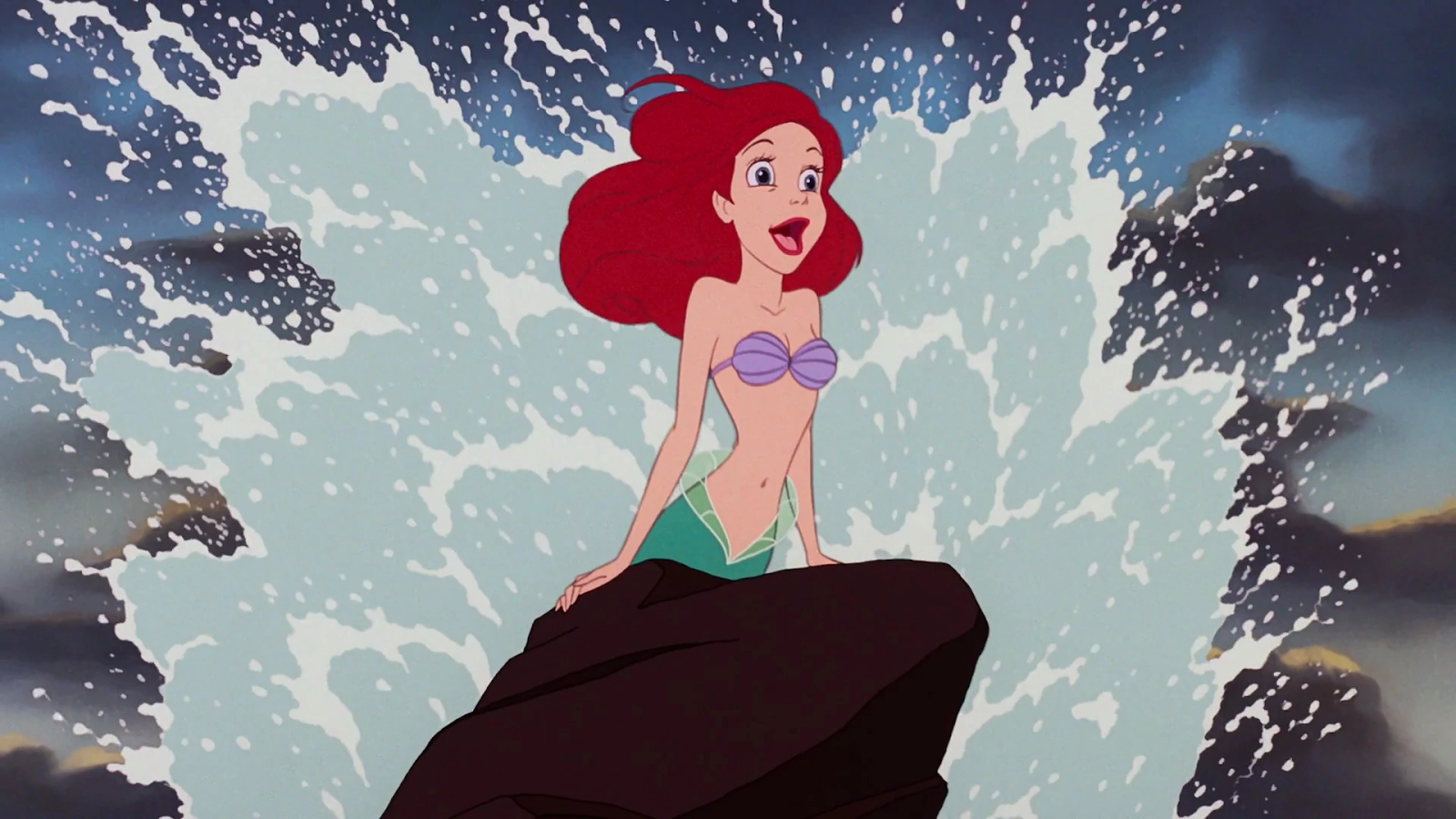
Ariel is determined and optimistic, but also childish and naive. She doesn?t relate well to any of her six sisters but takes an interest in the world on land. Disregarding the role she was supposed to play, Ariel entertains her curiosities by searching through shipwrecks and forming a collection of human items. As soon as she lays eyes on a human, she falls in love with him. She then proceeds to give up her voice, family, and entire former life/identity to be with him. It doesn?t go too well. The evil sea witch, armed with Ariel?s voice, convinces Prince Eric she?s actually the one he?s in love with. The friends that Ariel honestly doesn?t interact with much come to her aide and expose Ursula. Things don?t get better. Ariel?s father sacrifices himself to save her. This just makes things worse. In the end, Prince Eric saves the day, and Ariel becomes a human, leaving her former life behind.
14. Snow White (Snow White)

Snow White survives. After her crazy stepmother hires someone to kill her, Snow White is forced to run to the woods and figure out some way to survive. While it would have been amazing to see a Disney Princess bust out some mad wilderness survival skills, Snow White relies on her housekeeping abilities and hospitality of seven little men. She then proceeds to eat an apple from a stranger and go into a magic coma. A year later, she?s saved by some prince who apparently met her at some point and fell in love with her kindness and compassion. Snow White wasn?t going out fighting bad guys or becoming a scholar, but she made the best of a bad situation.
13. Cinderella (Cinderella)
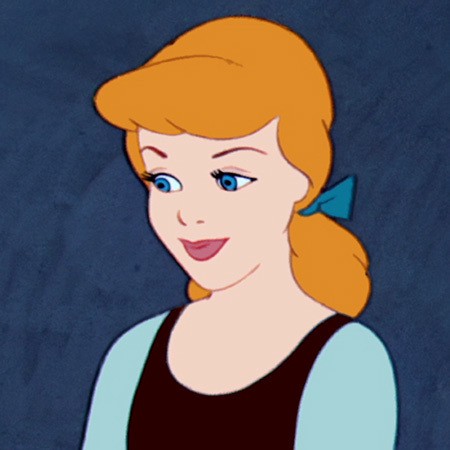
Cinderella spends most of the movie as a maid (the quintessential obedient woman) and wishing to fall in love so she can escape. It could be argued that she takes matters into her own hands when she gets her work done quickly in order to make her own dress and make it to the ball, but even then the mice make her dress for her, and her only goal is to look pretty so a man will fall in love with her. She is saved time and time again by the mice, then her fairy godmother, then the prince. In the end the one thing that gains her her freedom are her freakishly tiny feet.
12. Jasmine (Aladdin)
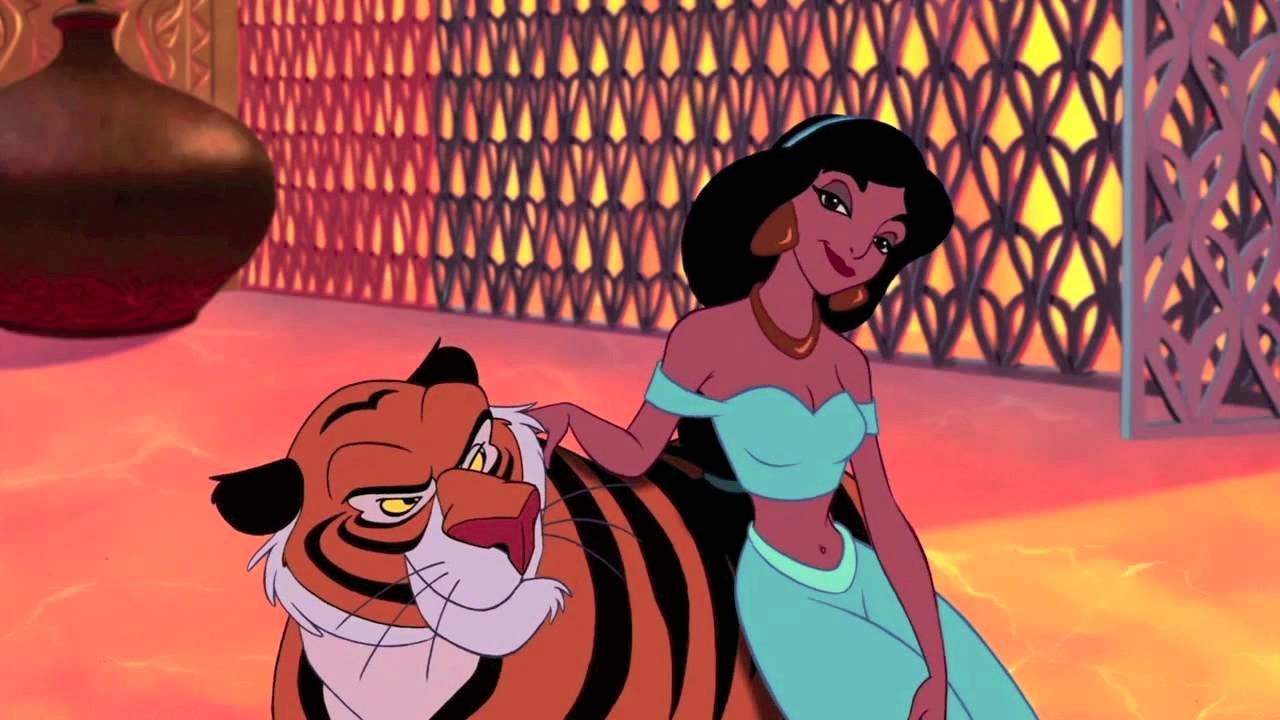
Jasmine is a princess with a rebellious streak. Wanting to experience her kingdom, Princess Jasmine disguises herself and sneaks out of the palace. In the town marketplace, she falls in love with a commoner. While falling in love with someone you just met isn?t necessarily progressive, Jasmine?s compassion and sense of justice is to be admired. Jasmine also fights her father on the topic of marriage. She refuses to be used as a political pawn, wanting to marry for love. It takes courage to stand against traditions and expectations. That being said, there isn?t much Jasmine does to fight against these aforementioned traditions and expectations. While she is vocal about her concerns, Jasmine usually sits around the palace with her really cool pet tiger. When Jafar goes magic crazy, Jasmine attempts to be a distraction for Aladdin to save the day. It was brave, but did not really work out well. And Aladdin still saves the day.
11. Megara (Hercules)
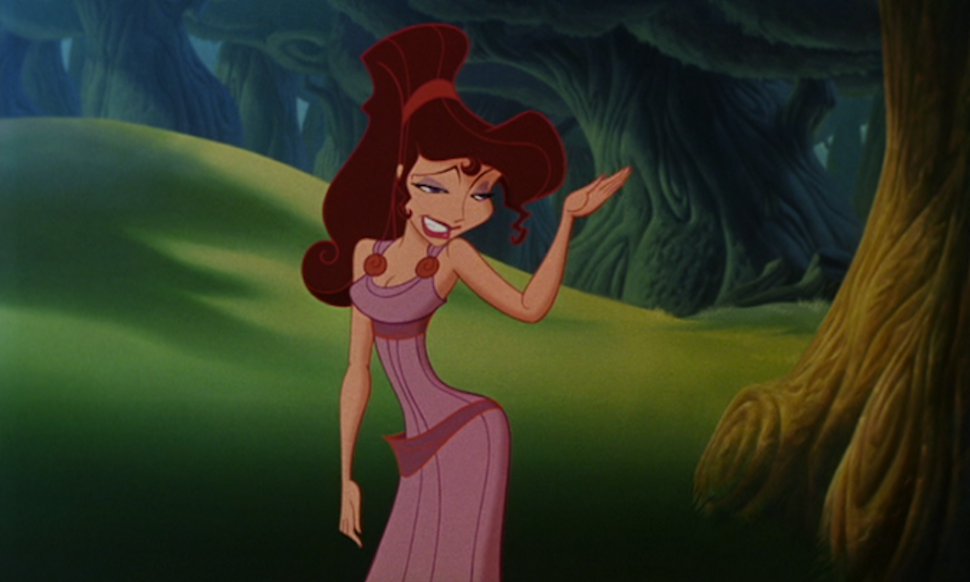
Megara, more commonly referred to as Meg in Disney?s Hercules, is an intelligent, witty, sarcastic woman who knows what she wants. She is constantly seen making remarks to both the antagonist and protagonist of the movie using her wit and humour to get her point across. Meg ? unlike many Disney women ? questions the world around her, rather than blindly accepting percieved reality. Although she definitely has a voice, and a unique way of conveying her thoughts to the men around her, she still does fall victim to a man needing to save her. The reason she also faces a conflict is also due to a man. These reasons, while they do not put her at the bottom of the list, they certainly do not put her on the top.
10. Belle (Beauty and the Beast)
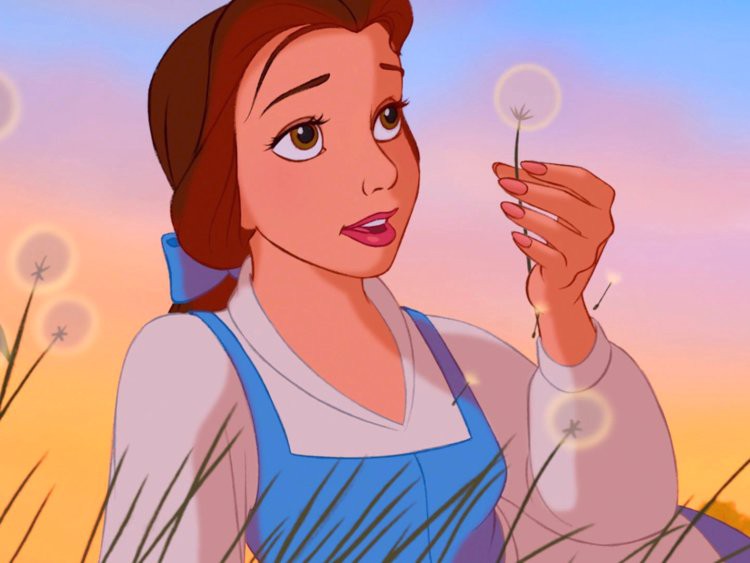
Other than her stunning yellow ball gown, Beauty and the Beast?s Belle is perhaps most known for her curious nature and love for literature. Despite the provincial town constantly telling her that her hunger for knowledge is peculiar for a woman, she continues to make trips to the library and assist her father in creating his inventions. When antagonist, Gaston, attempts to woo her in hopes of gaining her hand in marriage, she declines, even though this is what would have been expected during this era in France. She even makes the brave choice of willingly taking her father?s place as the beast?s captive, demonstrating bravery, as well as agency when it comes to controlling her own life and making decisions. Children should admire Belle?s passion for books and inquisitiveness, as these are very powerful traits for people to have. Although, overall, Belle?s traits point to her being a wonderful role model, it is important to consider that she does fall in love with the beast, which many argue is simply a development of stockholm syndrome rather than a consensual relationship. So ladies, maybe do not completely follow in this princess?s footsteps.
09. Pocahontas (Pocahontas)
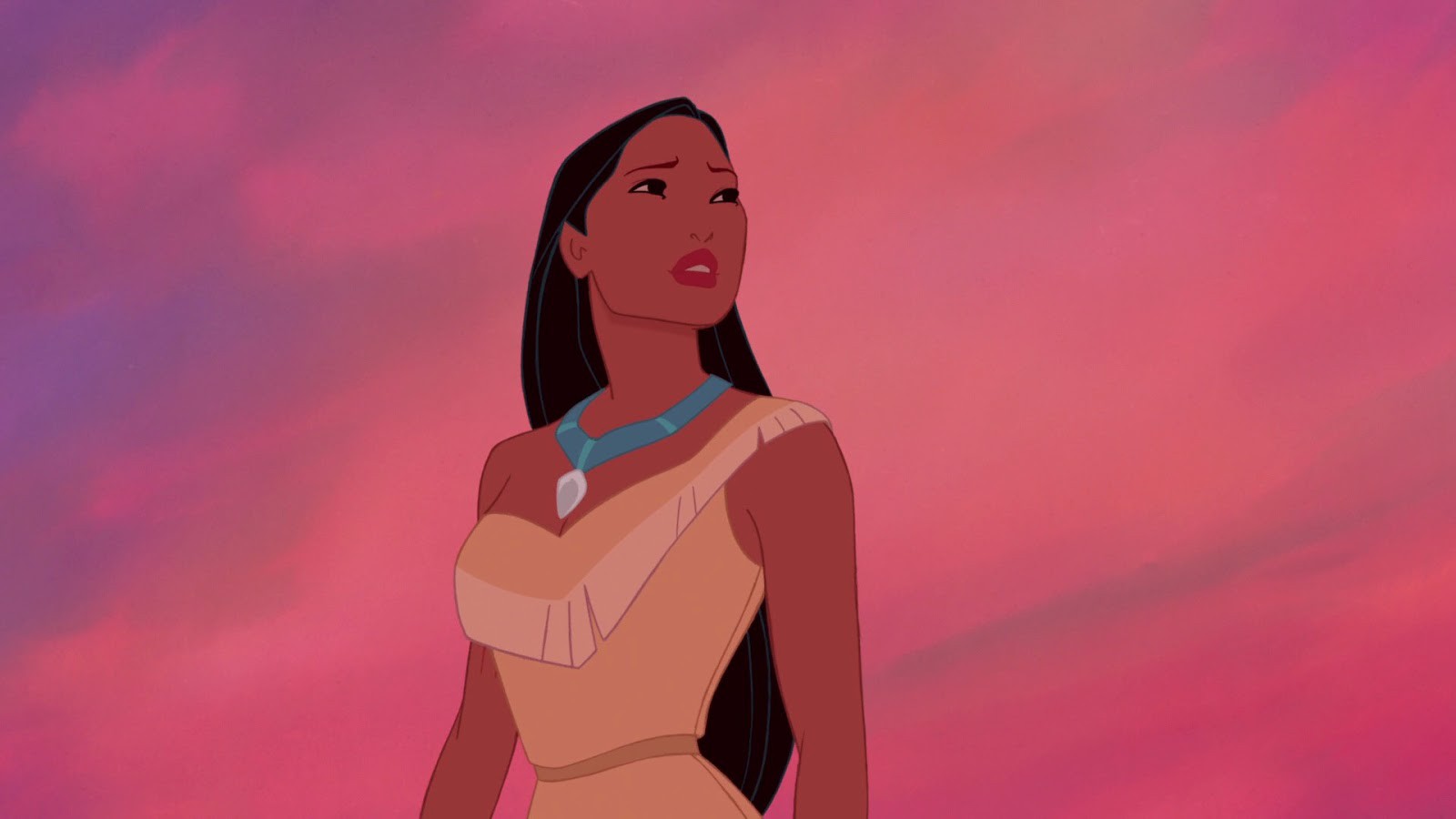
Although much of the movie is focused on which man Pocahontas should be with, and she does fall in love with a man she just met, she doesn?t actually end up marrying either of the men. She teaches John Smith about her culture and her ways, rather than just letting him mansplain about where he comes from. She defies her father/the chief by saving John Smith and is basically responsible for the truce. In the end she chooses her tribe over her man, something that no other disney princess has done. While the character Pocahontas is pretty feminist, the movie disregards most of the history and is therefore not intersectional, which is why she isn?t higher on the list.
08. Rapunzel (Tangled)

The star of Tangled is a rather spunky princess. Imprisoned in a tower, knowing her mother figure will never let her see the world at large, Rapunzel takes matters into her own hands. She gets the jump on an intruder and convinces him to take her to the lantern festival. While Rapunzel can be a bit naive, she exhibits strong interpersonal intelligence and hearty optimism. She charms an entire pub of thugs and a police horse. Ever companionate (as Disney Princesses seem to be), Rapunzel plans to sacrifice herself to Mother Gothel in order to save Eugene. Eugene cuts off her long hair, releasing the magic keeping Gothel young and alive. Rapunzel?s proactive approach to freedom gets her pretty high on the list, but you have to acknowledge she would not have gotten far without Eugene.
07. Anna (Frozen)

Anna undergoes great character development throughout disney?s Frozen. In the beginning, this princess want nothing more than to meet the man of her dreams ? she even says yes to a proposal from prince Hans after knowing him for barley a day. This princess? priorities take a turn once her sister, Elsa, exiles herself from Arendelle. At this point, all Anna wants to do is find her sister, prove Elsa is not a monster, and bring her back to their kingdom. Instead of accepting help from Hans, she tells him to stay in Arendelle and makes the quest to save Elsa on her own(until she runs into Kristoff, of course). Although Anna does keep Hans in mind while attempting to save her sister, him and her newly found love interest, Kristoff, clearly take a back seat when it comes to the determination she expresses when it comes to bringing Elsa back. She succeeds in doing so, demonstrating various acts of bravery.
06. Esmeralda (The Hunchback of Notre Dame)

The Hunchback of Notre Dame?s Esmeralda is a strong female lead. Throughout the movie, Esmeralda and her people are threatened by genocide. Despite the ongoing threats, Esmeralda continues to fight for what she believes is right. She even protects the male protagonist, Quasimodo, multiple times, and when he falls in love with her and she doesn?t feel the same way, she kindly denies his advances without feeling bad about it. Although her character is sexualized in the media, this demonstrates agency over her own body ? she does not let anyone tell her what she can and cannot wear and would quite literally rather die than marry the villain, Frollo. Even though at the end, she is saved by multiple men, this can be excused due to her countless other acts that make her a strong woman.
05. Elsa (Frozen)
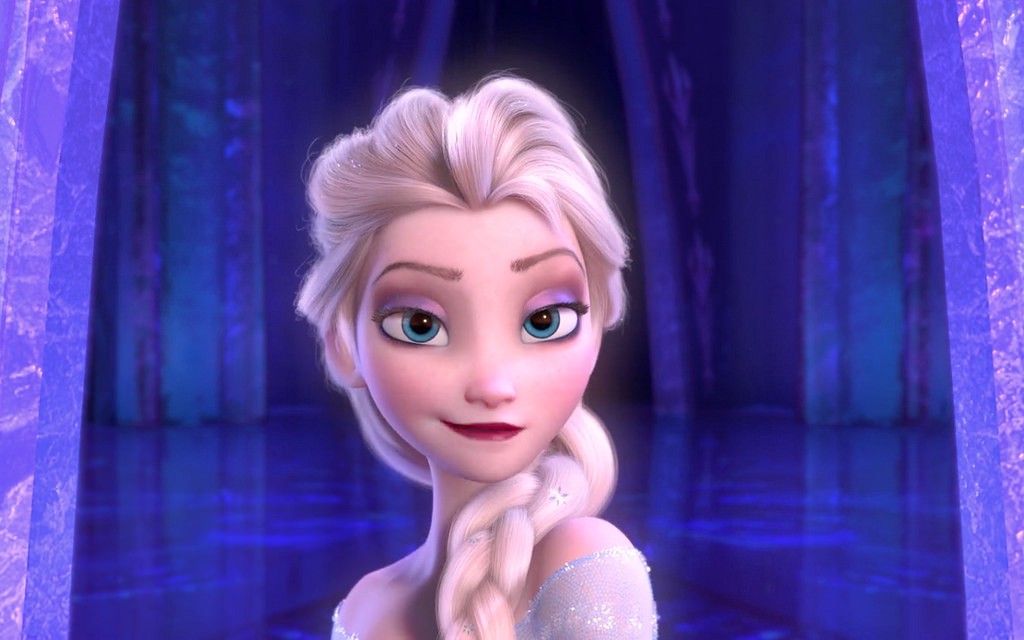
Elsa?s character development throughout Frozen is very feminist. She is the first disney princess to be sole ruler of her kingdom. Originally she is taught to conceal her powers, she shuts her sister out and wears restrictive clothing. Then she takes control of her own life, letting her powers out, and even changing her outfit to be much more liberating. Elsa is smart enough to tell Anna not to marry a guy she just met, and in the end learns the importance of accepting herself, and sisterly love.
04. Tiana (The Princess and the Frog)

Tiana?s story is definitely her own. She has a clear goal to work towards; owning her own restaurant, and she takes tangible steps to work towards her goal. She doesn?t wait for anybody to save her, she makes her own money and never gets sidetracked from her goals. She even rejects typical ?damsel in distress? stereotypes by refusing to wish on stars and kiss frogs (until she does and turns into a frog, but that?s neither here nor there). The only way she relies on Prince Naveen, is that he helps her loosen up and pay attention to other things in life besides work, but we see this more as positive character development than as a man saving her.
03. Merida (Brave)

Merida?s story is unique in that it focuses on her relationship with her mother, which is pretty rare in princess movies. Merida decides to take her fate in her own hands by refusing to get married (sound familiar?), however instead of just fighting, she uses her fantastic archery skills to ?win her own hand.? Merida doesn?t despair when it seems like her fate is going in a way she disagrees with, she changes it and in the process becomes stronger, and strengthens her connection with her Mother.
02. Mulan (Mulan)
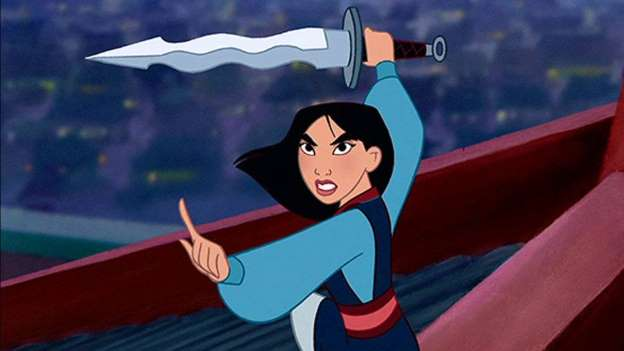
Our runner-up is Mulan, hero of China. Despite her aversion to traditional feminine roles (as seen in her disappointing meeting with the Matchmaker), Mulan wants to honor her family and gain them respect. Her love for family, specifically her desire to protect her father, leads Mulan to pose as a man and enter the military. Mulan?s cunning leads her unit to an unexpected victory against the Huns. Once Mulan?s gender is exposed, she loses all respect. This blatant sexism doesn?t stop her. She ends up using femininity to her advantage, disguising herself and allies as maidens to enter the palace undetected. Again, Mulan uses not only her physical strength but also her strategic mind to take down the leader of the Huns. Mulan teaches everyone that dedication and hard work determine strength ? not gender.
01. Moana (Moana)
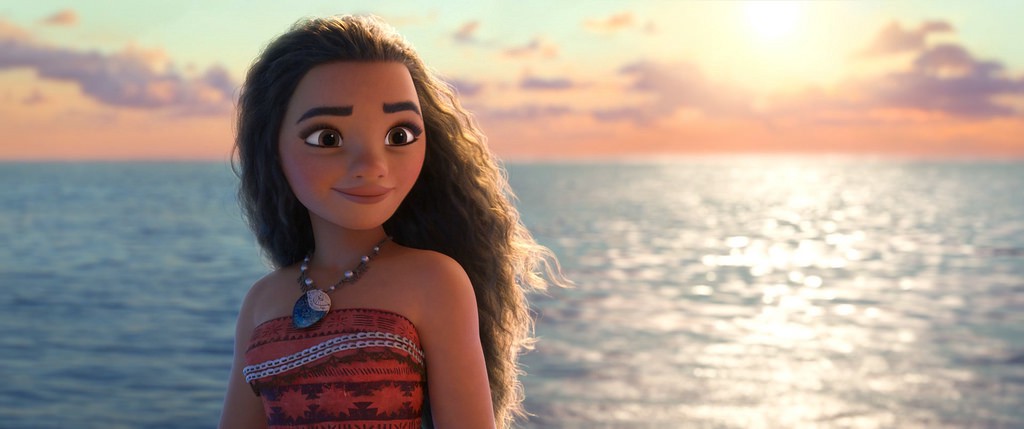
Being the most recent disney princess, Moana is much more representative of modern day feminism than any of the previous princesses. Like many of the other princesses, Moana rejects the role assigned to her by her father, but this time it has nothing to do with marriage. Moana rejects becoming chief under the ways her father runs the island which she disagrees with. She goes on her own journey to save her people and find herself. Moana learns skills, she is witty and crafty and learns throughout her journey. She has a strong female role model in her grandmother, and lets no man tell her who she is. Sure, she needs to recruit Maui to help her on her journey, but in the end it is her journey and she is the one who saves the day. Not to mention her body is much more proportional to realistic women?s bodies.
